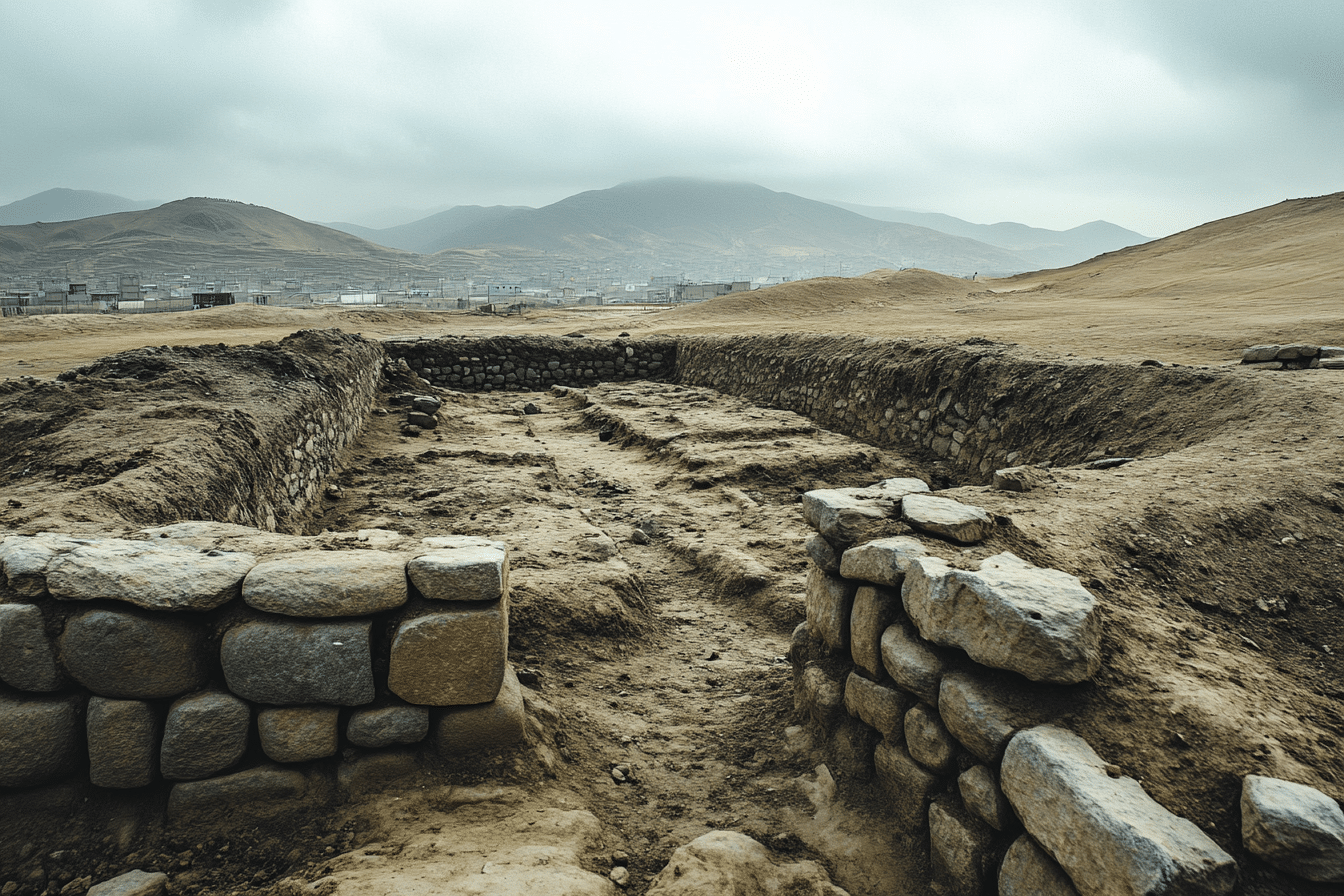In the outskirts of Trujillo, northern Peru, archaeologists have uncovered the remains of almost four dozen children believed to have been sacrificed more than 600 years ago. This discovery sheds new light on ancient rituals performed by the Chimu civilization, who dominated the region before the rise of the Inca Empire. The findings reveal the tragic evidence of ceremonial sacrifices and offer valuable insight into the customs of Peru’s pre-Hispanic cultures.
Chilling Discovery in Northern Peru
Archaeologist Julio Asencio, who led the excavation, confirmed that the children were buried individually. “Many of these remains have cuts on the sternum, some on their ribs,” Asencio explained from the site. The method suggests that the sacrifices were intentional, possibly involving the removal of the heart, as seen in other nearby mass sacrifice sites.
Sacrifice as an Offering to the Gods
Alongside the children’s remains, archaeologists discovered two adult skeletons and the remains of nine llamas. These animals likely symbolized essential resources, such as food, clothing, and transportation, offered to the gods. The Chimu people, believed to be behind these sacrifices, were known to perform such rituals during times of environmental crisis. “Historians believe the group may have participated in child sacrifices as an attempt to appease their gods after heavy rains and flooding,” Asencio added.
The Chimu Civilization and Their Legacy
The Chimu civilization flourished in northern Peru from the 700s until their conquest by the Inca in the late 1400s. Their rituals, including human sacrifices, were part of their cultural response to extreme weather. Previous archaeological efforts in the same region unearthed another mass sacrifice site, where 140 children and hundreds of llamas were found with similar cuts to their sternums and ribs, pointing to a pattern in the Chimu’s sacrificial practices.
A Window into Peru’s Pre-Hispanic Past
Peru is home to countless archaeological sites from various pre-Hispanic civilizations. These discoveries, such as the recent excavation near Trujillo, help piece together the lives and beliefs of these ancient cultures. The Inca Empire, which eventually overtook the Chimu, extended across modern-day southern Ecuador through central Chile, leaving behind a rich and complex legacy.
This recent discovery of a 600-year-old child sacrifice site outside Trujillo provides a haunting glimpse into the practices of the Chimu civilization. As archaeologists uncover more remains, they continue to reveal the deep-rooted connections between ritual sacrifices and survival in ancient Peru. Through these findings, we can further appreciate the complexity of Peru’s past and the civilizations that once thrived there.

